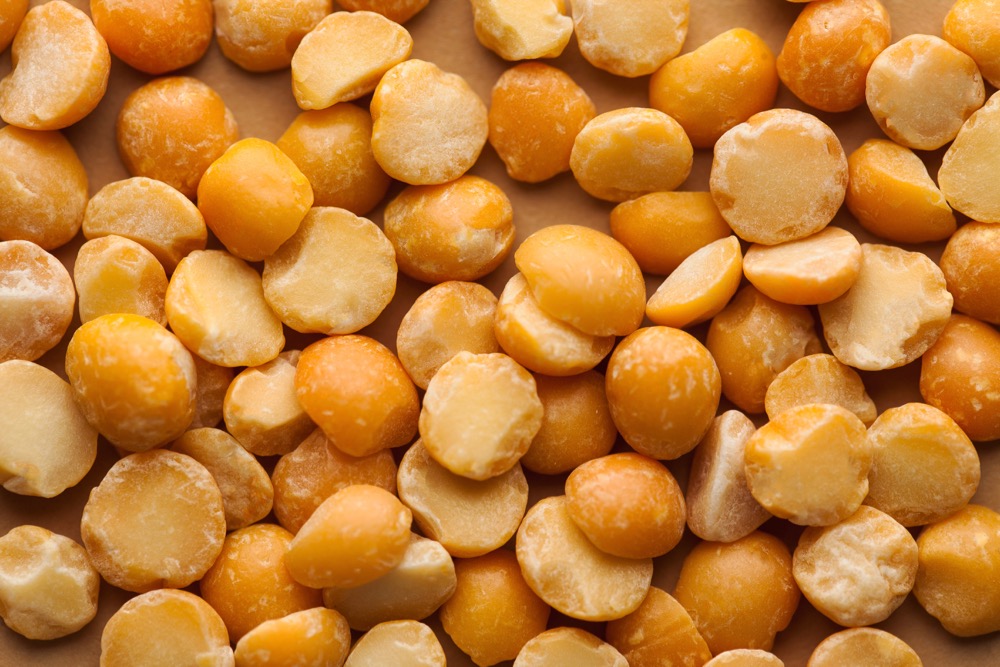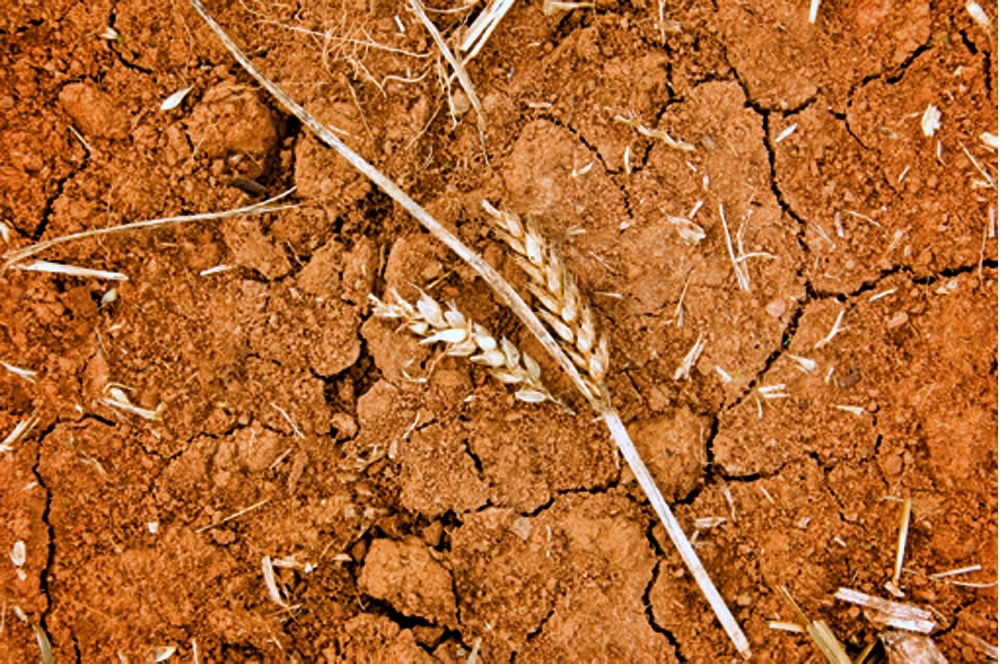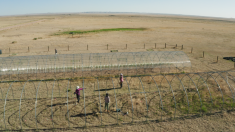London | Reuters – The International Grains Council (IGC) on Thursday trimmed its forecast for global wheat production in the 2019/20 season as the outlook for Australia’s crop dimmed.
In its monthly update, the inter-governmental body cut its global wheat production projection by 2 million tonnes to 762 million tonnes.
The wheat crop in Australia was seen falling to 17.0 million tonnes, down from a previous forecast of 19.1 million and now below the prior season’s 17.3 million.
Australia, once the world’s fourth largest wheat exporter, is suffering from a third year of drought, resulting in a deep reduction in agriculture output.
Read Also

India slaps 30 per cent import duty on yellow peas
India has imposed a 30 per cent duty on yellow pea imports with a bill of lading date on or after Nov. 1, 2025.
Drought has also dented the outlook for Argentina’s wheat crop which was downwardly revised to 19.5 million tonnes, down from a previous forecast of 20.4 million.
The IGC also reduced its forecast for the global corn (maize) crop in 2019/20 by a marginal 1 million tonnes to 1.098 billion tonnes with a diminished outlook for Argentina partly offset by an upward revision for China.
Argentina’s corn crop was seen at 53.1 million tonnes, down from a previous forecast of 56.1 million and the prior season’s 57.0 million.
China’s corn production was, however, seen at 255.4 million, above its previous projection of 253.6 million but still below the prior season’s 257.3 million.
Global soybean production in 2019/20 was seen at 341 million tonnes, down from a previous forecast of 342 million and the prior season’s 359 million.
The IGC said a further downgrade to U.S. soybean crop prospects was only partially offset by increases for other producers, resulting a a 5% year-on-year contraction.












